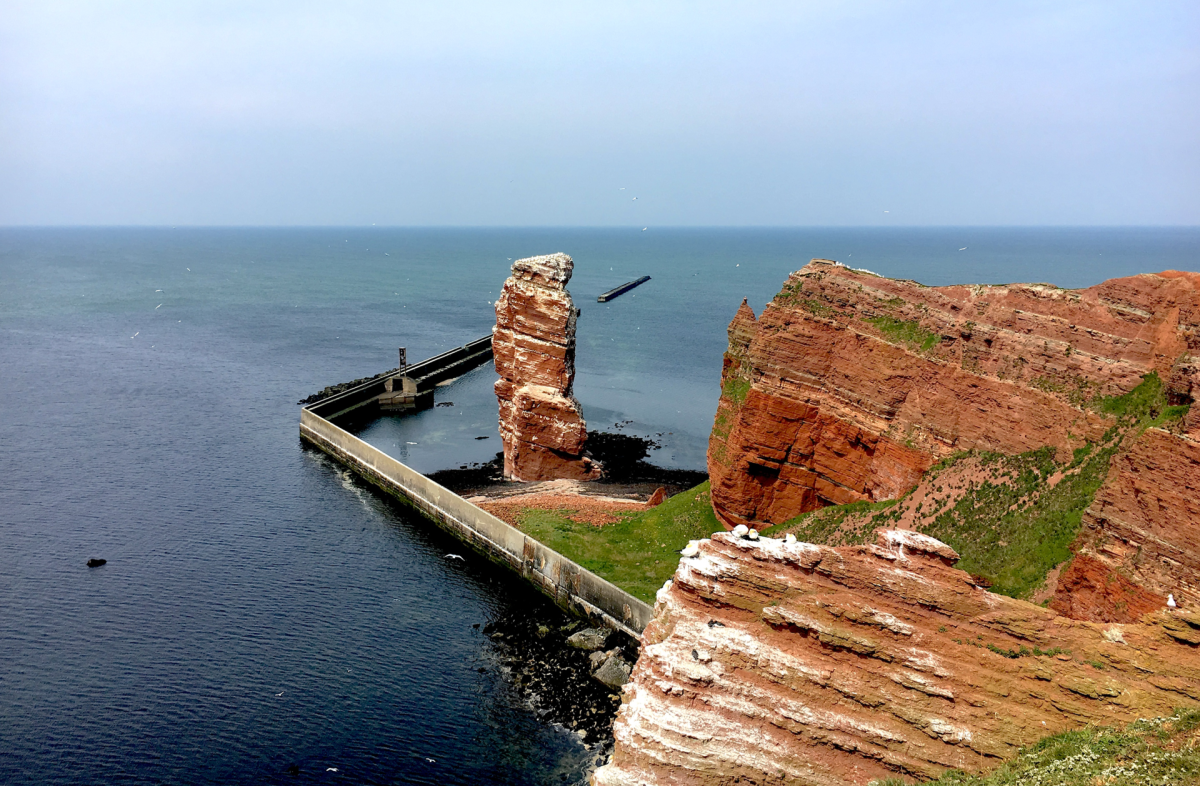- Press Office
- Press releases
- Much more than waste
Much more than waste: Tiny vesicles exchange genetic information between cells in the sea
There is a lively exchange of genetic information between the numerous microorganisms in the oceans. This so-called horizontal gene transfer (HGT) is crucial for the evolution of many organisms and is, for example, also the most important mechanism for the spread of antibiotic resistance in bacteria. Until now, it was assumed that direct contacts between cells, free DNA or viruses were primarily responsible for the exchange of genes. A study led by Susanne Erdmann from the Max Planck Institute for Marine Microbiology in Bremen now shows that so-called extracellular vesicles are also very important for the transfer of genetic information in the sea and thus for the life of its smallest inhabitants.
Viruses, GTAs, EVs: tiny and numerous
Most viruses are tiny. Up to 10 million of them can be found in every drop of seawater. They can not only pack up their own genetic material (their genome), but also parts of their host's DNA – i.e. the DNA of the organism they have infected – and transport it into other cells.
Studying viruses is challenging. Seawater samples have to be filtered through filters with a pore size of only 0.2 µm (which is about 300 times less than the thickness of a human hair) to separate the viruses from the cells. In addition to viruses, these filtered samples also contain so-called gene transfer agents (GTAs) and extracellular vesicles (EVs). GTAs are virus-like particles that exclusively package host DNA, and EVs are small vesicles enveloped by a membrane that detach from the cell surface of the host. These EVs can contain a variety of molecules. In addition to enzymes, nutrients and RNA, they often transport fragments of DNA.
EVs are prolific transporters of genetic material
Erdmann and her team have now shown that, other than previously assumed, there is a lot of host DNA in the filtered seawater samples that is not transported by viruses. Proving this was extremely complicated. “After sequencing, i.e. reading out the host DNA, we can no longer recognize how it got into our sample,” explains Erdmann, head of the Max Planck Research Group Archaea Virology at the Max Planck Institute in Bremen. “There is no feature to assign a sequence to a specific transport mechanism.” To solve this problem, the researchers used a trick. In a first step, they assigned each DNA sequence to a host from which it originally stems. Then they determined a main transport mechanism for each host as far as possible – i.e. by viruses, GTAs or EVs. This enabled them to assign a potential transport mechanism to a specific DNA sequence. “The result was surprising: Apparently, a large proportion of the DNA was not transported via classical routes, but via extracellular vesicles,” says Erdmann.
So much more than waste – in the ocean and beyond
“Extracellular vesicles were long regarded as cellular waste. Only in the last fifteen years scientists were able to show their various functions for the cell. Our study clearly highlights the fundamental role that EVs play for the exchange of genetic material between cells,“ explains Dominik Lücking, PhD student in Erdmanns group and first author of the study, which has now been published in the journal ISME Communications. Thus, the authors suggest to change terminology: „Traditionally, we are talking of a virome, a metagenome enriched with viruses, when extracting and sequencing the DNA from the 0.2 µm fraction”, says Lücking. „However, that way we are missing out on the variety of the other, non-virus-like particles in this fraction, such as EVs. Thus, we suggest to call this fraction ‘protected extracellular DNA’, or peDNA.”
The study presented here lays the foundation for future research on peDNA across all ecosystems, in the ocean and beyond. “The new nomenclature will enable us to talk more clearly about the mechanisms and processes not covered by the term virome,” says Erdmann. Future research can use this study as a guideline to assess the role of extracellular vesicles in other environments, such as soil and freshwater systems or the human gut. „In view of the significance of horizontal gene transfer in many ecosystems, we are very sure that there are quite a few more surprises on the way ahead of us,“ Erdmann concludes.
Original publication
Dominik Lücking, Coraline Mercier, Tomas Alarcón-Schumacher und Susanne Erdmann (2023): Extracellular vesicles are the main contributor to the non-viral protected extracellular sequence space. ISME Communications 3, 112 (2023).
Published: 17 October 2023.
Please direct your queries to:
Head of Press & Communications
MPI for Marine Microbiology
Celsiusstr. 1
D-28359 Bremen
Germany
|
Room: |
1345 |
|
Phone: |


